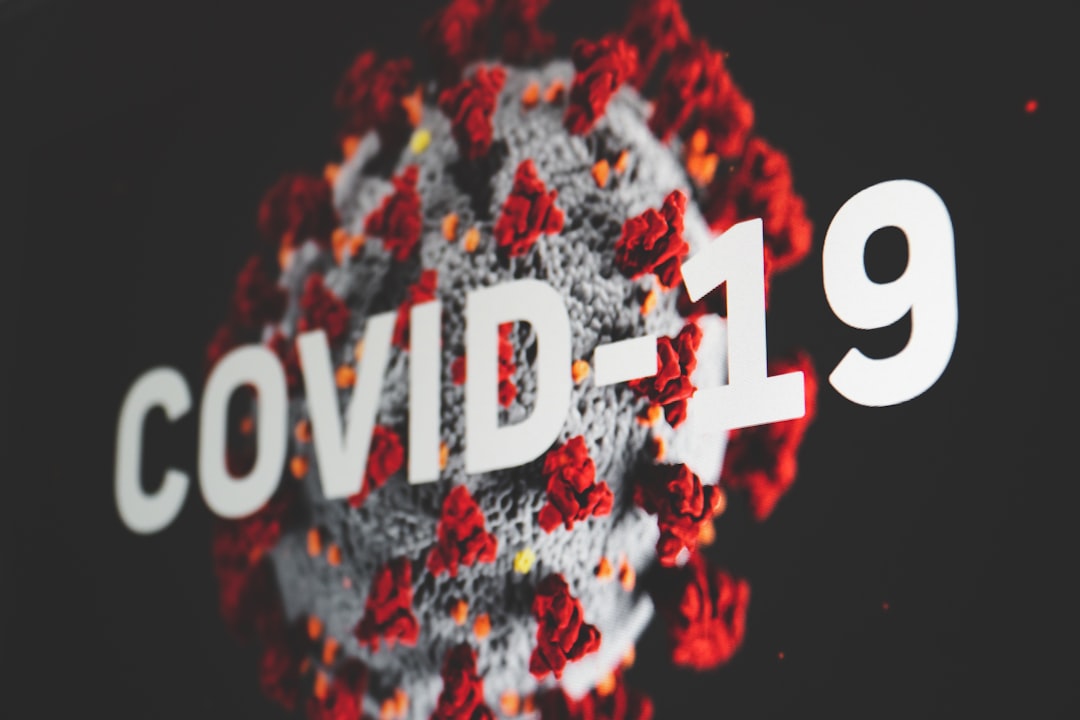What is it about?
Compared to hesitant fuzzy sets and intuitionistic fuzzy sets, dual hesitant fuzzy sets can model problems in the real world more comprehensively. Dual hesitant fuzzy sets explicitly show a set of membership degrees and a set of non-membership degrees, which also imply a set of important data: hesitant degrees.The traditional definition of distance between dual hesitant fuzzy sets only considers membership degree and non-membership degree, but hesitant degree should also be taken into account. To this end, using these three important data sets, we first propose a variety of new distance measurements for dual hesitant fuzzy sets in this paper. In these distance definitions, membership degree, non-membership-degree and hesitant degree are of equal importance. Second, we propose a clustering algorithm by using these distances in dual hesitant fuzzy information system. Finally, a numerical example is used to illustrate the performance and effectiveness of the clustering algorithm. Accordingly, the results of clustering in dual hesitant fuzzy information system are compared using the distance measurements mentioned in the paper, which verifies the utility and advantage of our proposed distances.
Featured Image

Photo by Markus Spiske on Unsplash
Why is it important?
Using these three important data sets (membership degree, non-membership degree and hesitant degree), we first propose a variety of new distance measurements (the generalized normalized distance, generalized normalized Hausdorff distance and generalized normalized hybrid distance) for dual hesitant fuzzy sets in this paper. In addition, we apply these distances to the clustering algorithm and prove that it can improve the clustering accuracy.
Perspectives
I hope this article can provide a new idea for evaluating the performance of clustering algorithm in dual hesitant fuzzy environment.
Wang Qinghai
Read the Original
This page is a summary of: New distances for dual hesitant fuzzy sets and their application in clustering algorithm, Journal of Intelligent & Fuzzy Systems, December 2021, IOS Press,
DOI: 10.3233/jifs-202846.
You can read the full text:
Contributors
The following have contributed to this page










